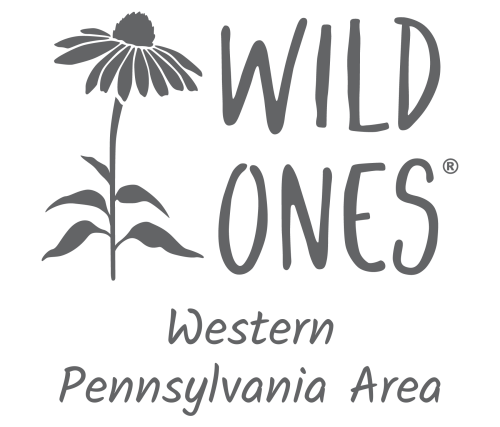Native bees like the bumblebee can only survive if there is an abundance of native flowering plants to provide them with food and shelter. Bees are one of our main sources of pollination, and without them we would not have many of our fruits and vegetables.
Why Bees are Essential
About 75% of North American plant species require insects—mostly bees—to transfer their pollen from one plant to another. For almost all crops, native bees are the primary pollinator or they significantly supplement the activity of honey bees.

Why Bees are in Trouble
Bees are declining in rapid numbers due to habitat loss, pesticide use, diseases, and lack of native flowering plants. About 20%-45% of native bees are specialists, meaning they only use pollen from one species (or genus) of plants. If that plant is removed, the bee goes away.
CREATING BEE HABITAT
Skip the lawn chemicals
Pesticides kill bees and other beneficial insects. Never spray weeds like dandelions when they are in bloom. Use organic lawn care approaches instead.
Have something blooming all season
Plant native plants that bloom at different times of year. Having flowers blooming in spring, summer, and fall ensures there is always food available.
Leave the leaves
Leave some leaves in the fall for bees to overwinter safely. Don’t be in a hurry to clean up in the spring. Bees also hibernate in the stems of flowers, so leave them be, too.
Provide water
Insects need water, and the best way to provide a water source in your native garden is to add some small rocks to your bird bath. You can also use a ceramic dish with small stones or pebbles. Place the water in a shady area of your garden.
The bottom line
It’s easy to create habitat with native flowers that will provide food and shelter for native bees. Don’t spray your yard with lawn chemicals or spray pesticides for mosquitoes or bugs. You will be amazed at what comes to life in your yard.
